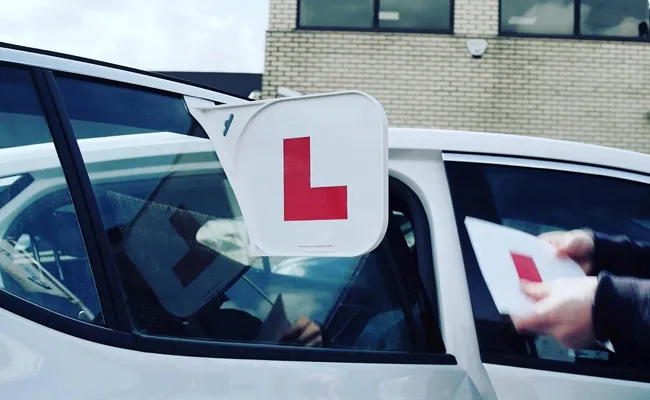
The Insight system is made from polypropylene and protrudes no more than the vehicle manufacturer’s factory-fitted wing mirror, explained Phil Thorpe, the inventor of the system.
With new regulations now allowing learner drivers on UK motorways it has become even more important for learners to stay visible on the road.
The design of the system means that whatever model of car is being driven, the sign will appear at an easy-to-see 90-degree angle to the car door. In this position it doesn’t impair the driver’s rear view and is visible up to 50m in front or behind the vehicle.
The system fits securely over the glass of the passenger window - the driver side - and can be easily removed when the driver is required to park up and leave their vehicle. Unlike magnetic L plates, it will not become unattached while driving and is easier to remove than self-adhesive plates.
Euro Road Safety has created a video on their %$Linker:
The company, based in the UK, produces products that include plastic folding barriers, rapid folding barrier systems and sign systems as well as Biker-Mate, a modular system to protect motorcyclists. The passive safety system attaches to objects such as lamp columns and road signposts to absorb energy and divert the force generated during collisions.






